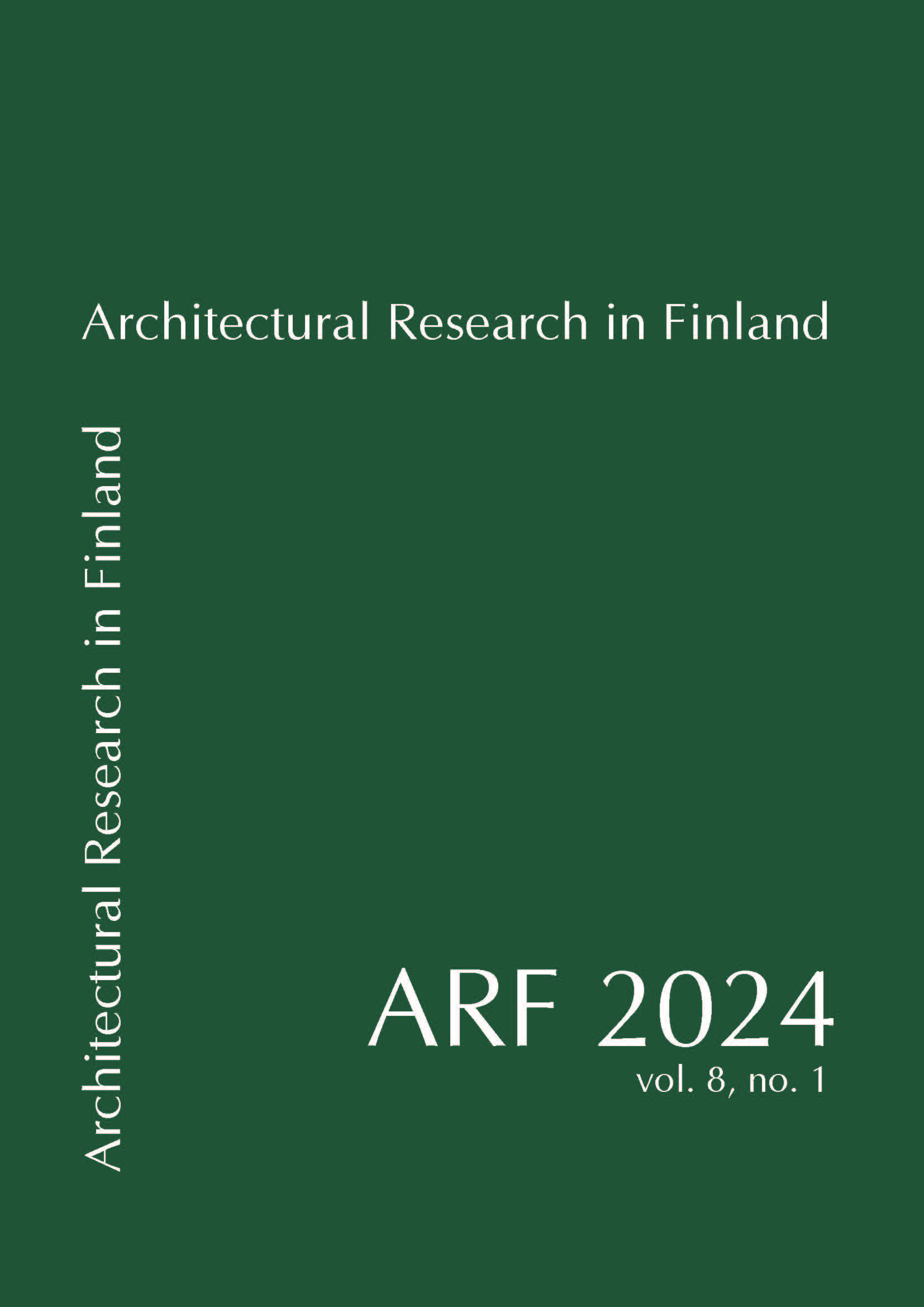Unravelling the public procurement networks of architectural services in Finland as pathways of transformative innovations and tacit knowledge
DOI:
https://doi.org/10.37457/arf.146882Avainsanat:
Finnish public procurement, architectural services, company networks, data mining, data processing and visualization, clustering, innovation and knowledge transfer, sector transformationAbstrakti
Progressive transformation of the built environment is ultimately realized by industry practitioners and designers from companies, coupled with targets set by contracting authorities. Thus, insights on real-world collaborative networks in procurement can inform how progressive targets and innovative designs can be incentivized and proliferated through the ecosystem, as indicators of the responsiveness and transformational potential of the whole sector. However, deep insights on procurement networks of architectural services are currently not available for assessing the pathways of transformative knowledge. The aim of our research is to collect, clean and analyze open data about Finnish public procurements of architectural and related services, for insights on the landscapes companies, as key players for transformation in the building sector. We map the collaborative ecosystem country-wide, across more than 500 projects between 2018 and 2021, using data-mining, computational network modelling and graphing algorithms. In this way, communities and densities of companies can be detected and characterized based on their connectedness and influence based on explicit metrics of degree centrality, total link strengths, and distribution of market share. We create data visualizations as networks and graphs, aiding intuitive understanding of how transformative knowledge and innovations could spread through the network. Our principal findings reveal the gross inequality in social capital, as well as market share distribution across the architectural ecosystem, with various dichotomies of implications for transformation of the whole industry in terms of innovation adoption, creative thinking, and resilience. On this basis, we provide some practical recommends for government, industry practitioners, as well as researchers, and encourage deeper considerations on the utilization of network analytics metrics to characterization of complex problems in the architectural and related markets.




